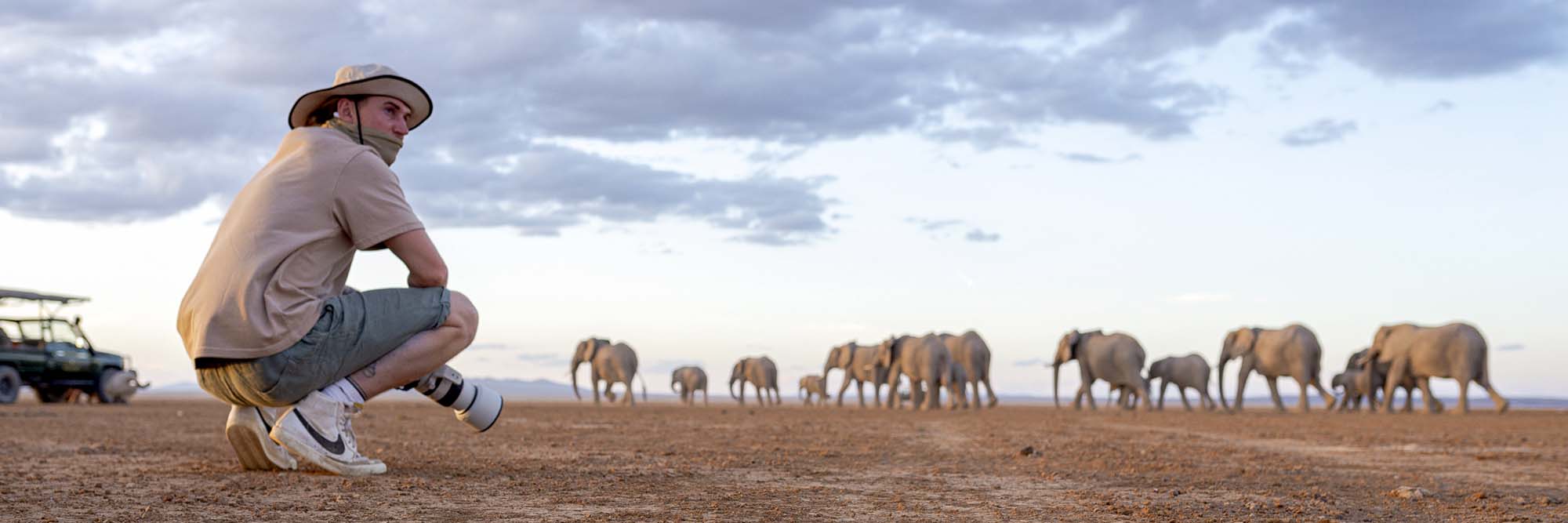A typical Amboseli scene: a family of elephants led by a seasoned matriarch through a parched landscape in their eternal search for food and water. The drought is really starting to bite, but this matriarch knows these ancient paths well. She has traversed them for many years, and she knows what lies at the end of this one: an idyllic scene of a water source for her family to find respite, Kilimanjaro looming beyond.
But this is not an infinite nor untouched bush, but rather a landscape containing farms, power lines, roads, cars, and people. This is reality, and this matriarch’s journey is anything but idyllic in a rapidly transforming landscape.
The growth of the region’s human population and infrastructure means that space for wildlife is contracting. As the surrounding group ranches go through their land subdivision processes, these once open and contiguous areas are set to contract even further.
But all is not lost. Successful negotiations between Big Life and the owners of parcels in the Kimana Corridor mean that this crucial pinch point will persist for at least the next 50 years. Big Life is working with many other landowners to negotiate further corridors and rangeland for wildlife, ensuring this ecosystem’s iconic wildlife will continue to follow their ancient paths. They just might have to pass a few tomato fields along the way.
And so this scene concludes with an elephant family safely crossing the road and entering Kimana Sanctuary, where crucial permanent water sources that help sustain this ecosystem’s wildlife are located. While elephants had been using the crossing primarily at night, they’re feeling safe enough to cross with their families in broad daylight, under the watchful eyes of Big Life rangers, like Daniel Kutata, who filmed this scene.

